Information around
your Hospitalization
This section gives a brief overview of what will happen during your stay in hospital while you have your operation.
If you have any questions that aren’t explained here, be sure to ask your care team.
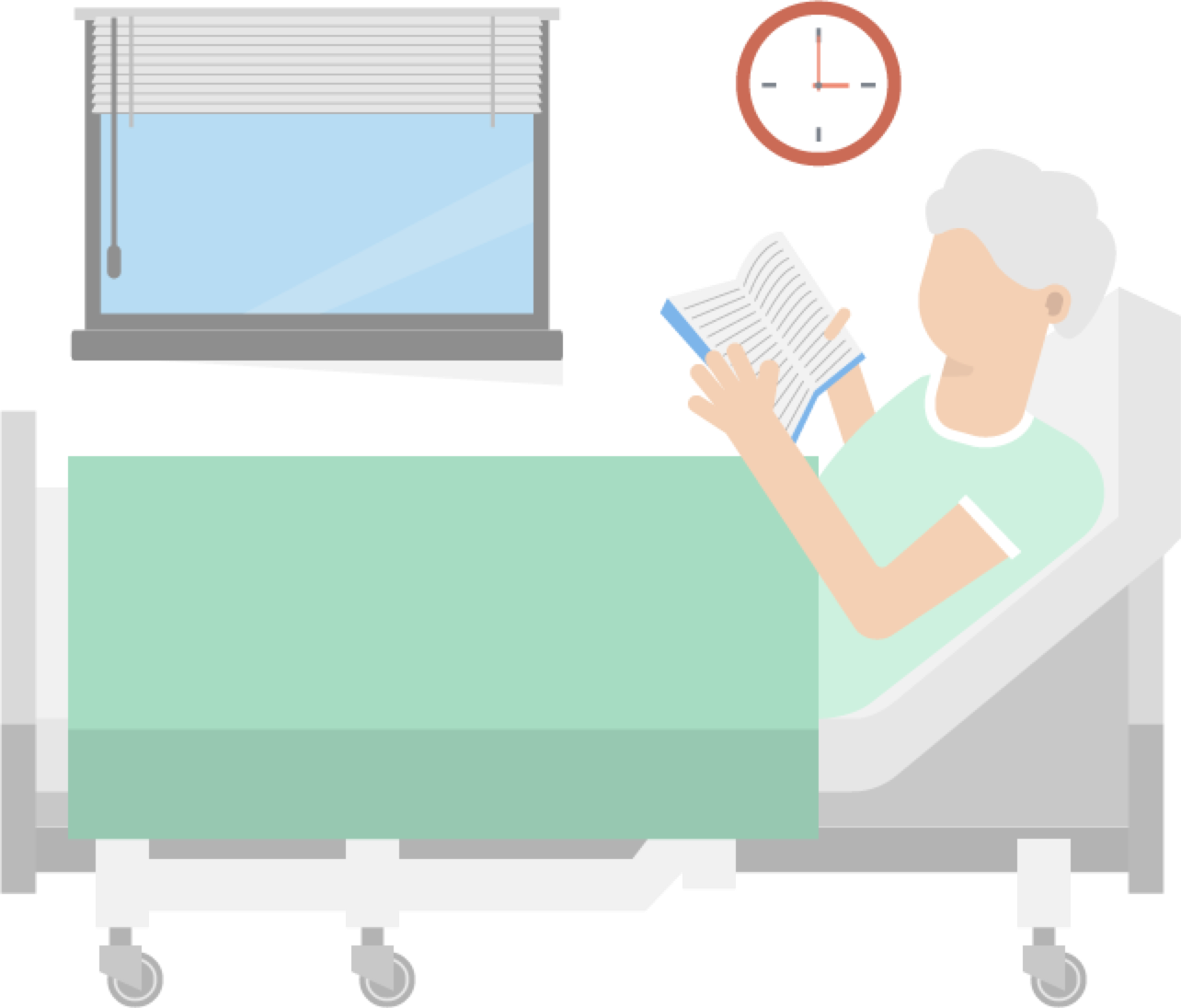
Before Surgery
During the days leading up to surgery, the patient manager will call you to offer you some recommendations on medication, food, what you should bring with you when you are admitted to hospital and any concerns you may have about the day of surgery. He/she will also tell you your unit and room number.
Admission
Follow the advice in “Practical Information for my Hospital Admission”.
The Operation
The Recovery Room
After your operation, you will be directly transferred to the Cardiac Care Unit (the Cardiac ICU) for a stay of 2-3 days. The ICU is a highly-equipped unit designed to monitor your post-op status.
After the operation, your surgeon will inform your family members about how it went, including all specific details.
When you wake up from your operation, you may feel a bit confused, sleepy, dizzy, or feel shivery. You might note secondary hoarseness due to the orotracheal tube.
Make sure you tell the nursing staff if you feel any pain, since as you will be receiving analgesia which can be topped up. Please report any strange sensations or discomfort you may feel.
Once you have been taken to the ICU, your family members can see you and receive relevant updates on your status, visiting hours etc. from the nursing staff.
Once you have been released by the ICU, you will be moved to your hospital room.
During your Hospital Stay
The day after surgery, you will begin sedestation (ability to sit and remain sitting upright by yourself) and bipedestation (ability to stand upright by yourself). Your bed will be used for resting after lunch and at night.
You may feel tired and weak at first, but early movement is important for your recovery: the sooner you are active, the sooner your body will function normally. This will all depend on your haemodynamic tolerance, which will be monitored by your medical team.
Do NOT use your arms to stand up, but rather cross them tightly by placing each hand under the opposite armpit and with a little help from your shoulders, you should be able to stand up without harming yourself.
The following images show the best way to stand up without harming yourself:
1. Bend your knees and place your arm over your body or chest.
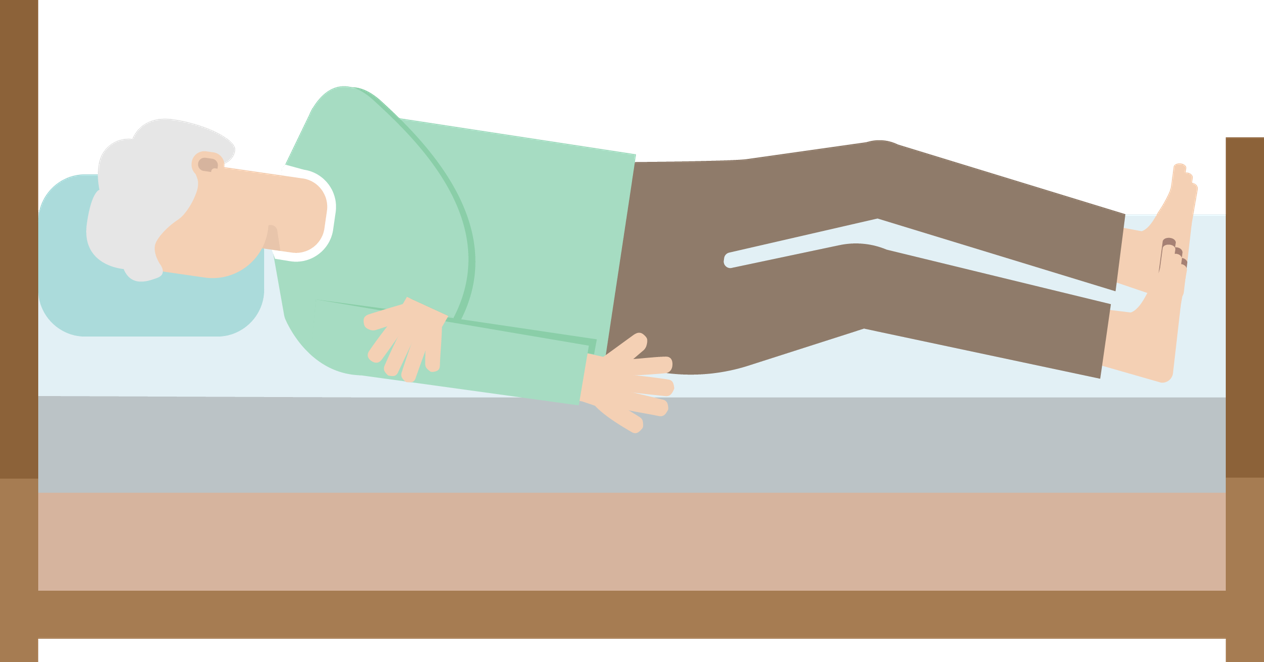
2. Lean your body to the side of exit.
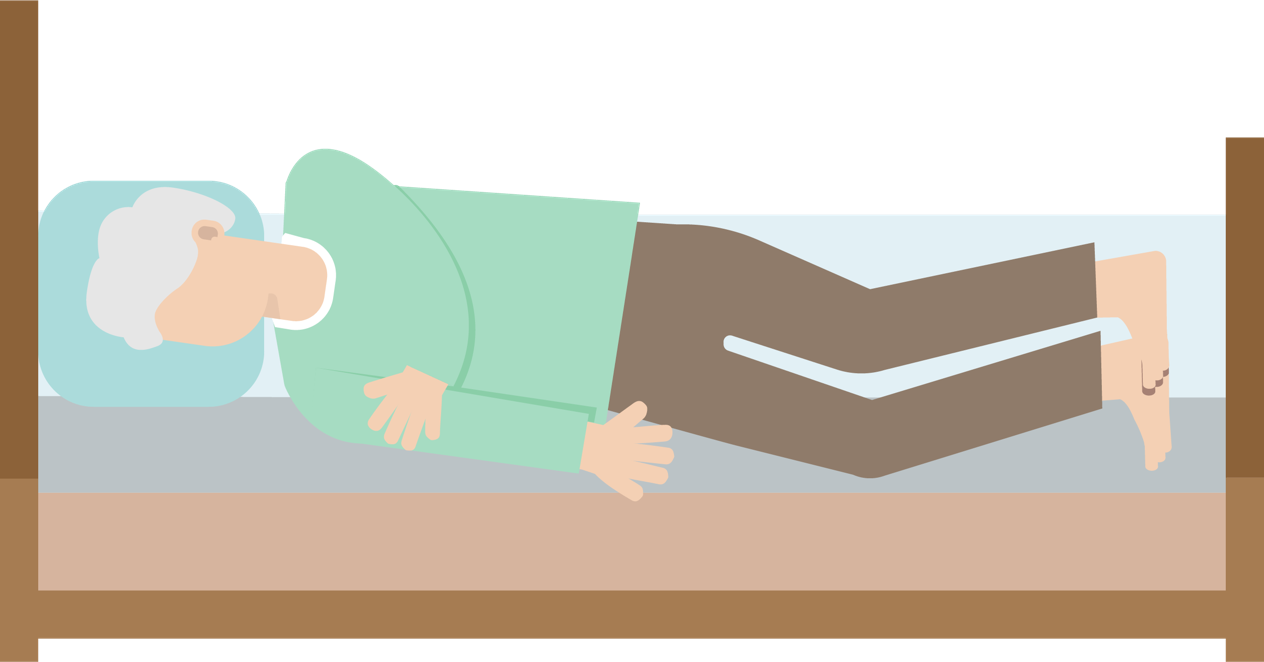
3. Drop your legs out of the bed.
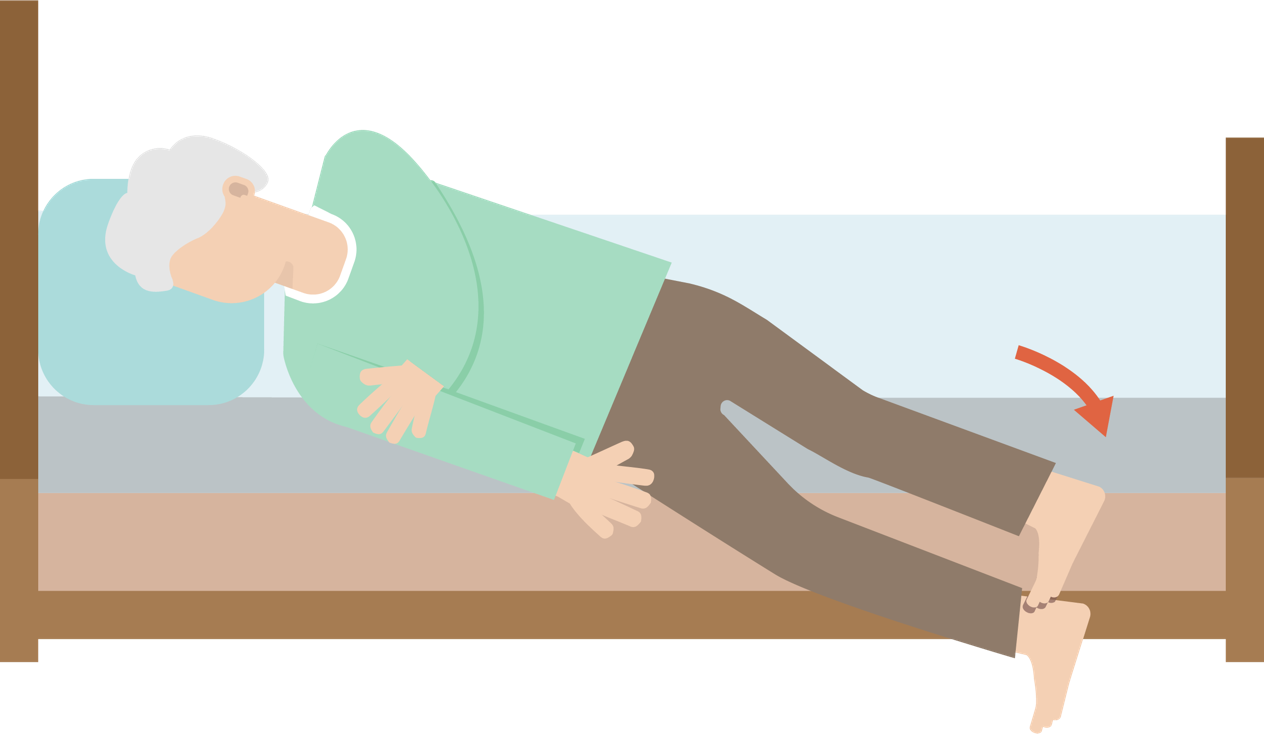
4. The weight from your legs and the force done with the arms will finally let you to sit.
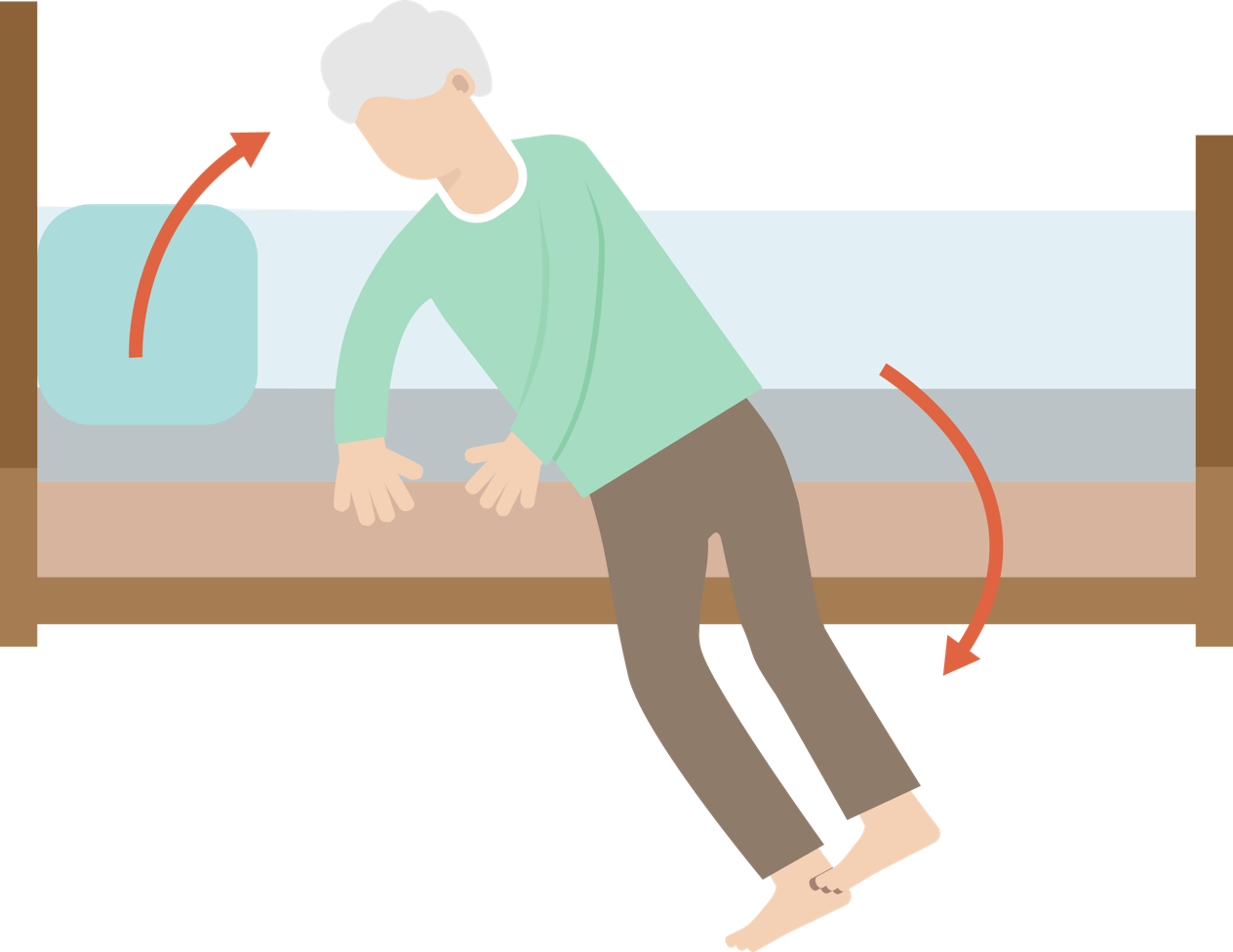
If you have a cough, protect your sternum by fully hugging your chest.
Also, as soon as possible, commence your breathing exercises to avoid respiratory problems and promote movement.
The day after surgery, you will be able to begin a liquid, bland diet, which will later gradually transition to a solid diet depending on your tolerance and when your doctors consider it appropriate.
Eating well and moving as much as possible are very important after your operation. This will help speed up your recovery and reduce the risk of complications after surgery.
When You Return Home
As soon as you are stabilised, you will be discharged from hospital, since home recovery is preferable, as you thereby avoid any hospital infections which might hinder your progress.
Most patients return home after 17 days, but this can be different for everyone. As soon as you have recovered and you are able to return home, you will receive a prescription for pain medication and a medical certificate, if required. You will also receive information on how to care for your scar and how to remove the stitches or staples.